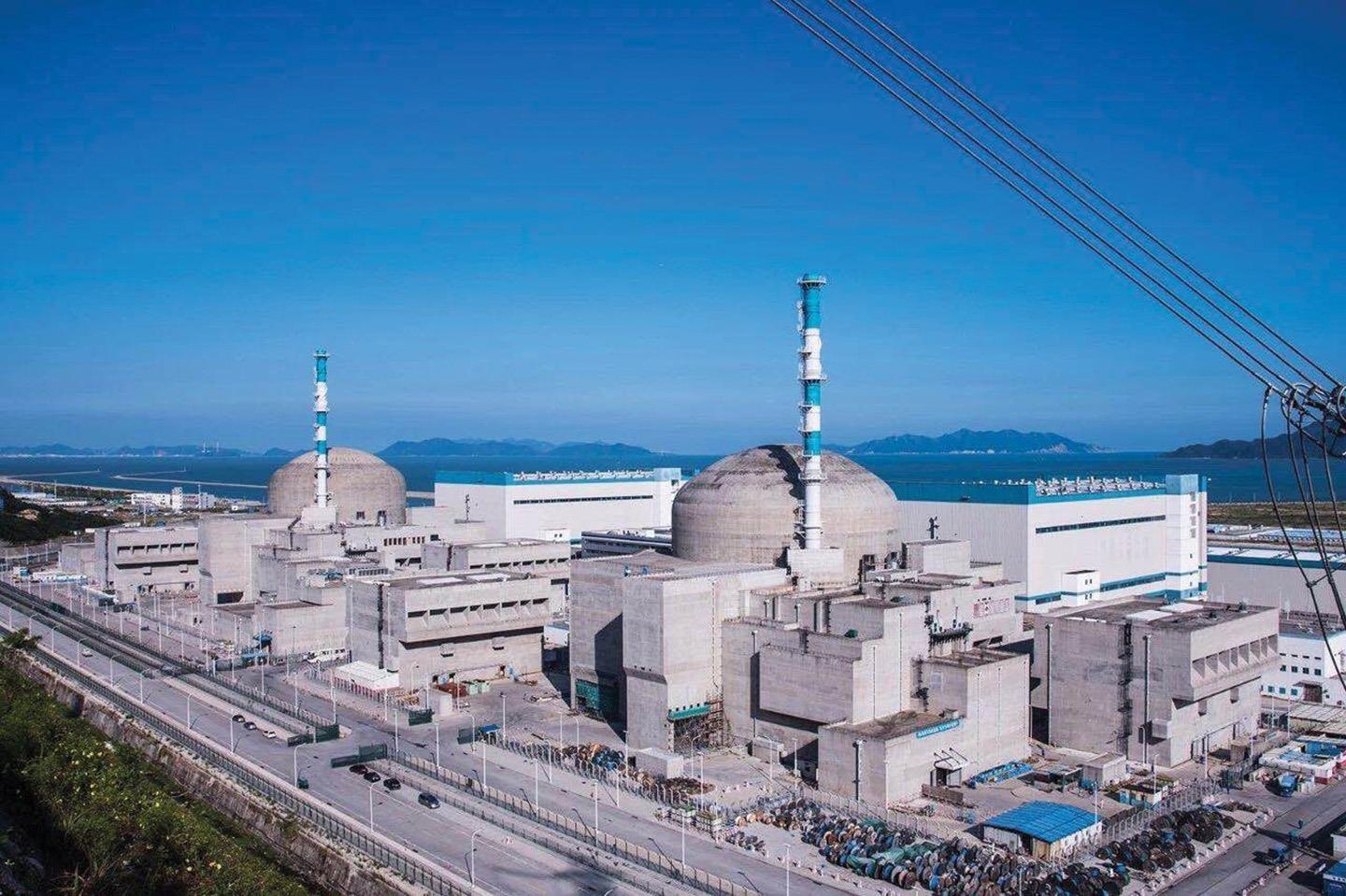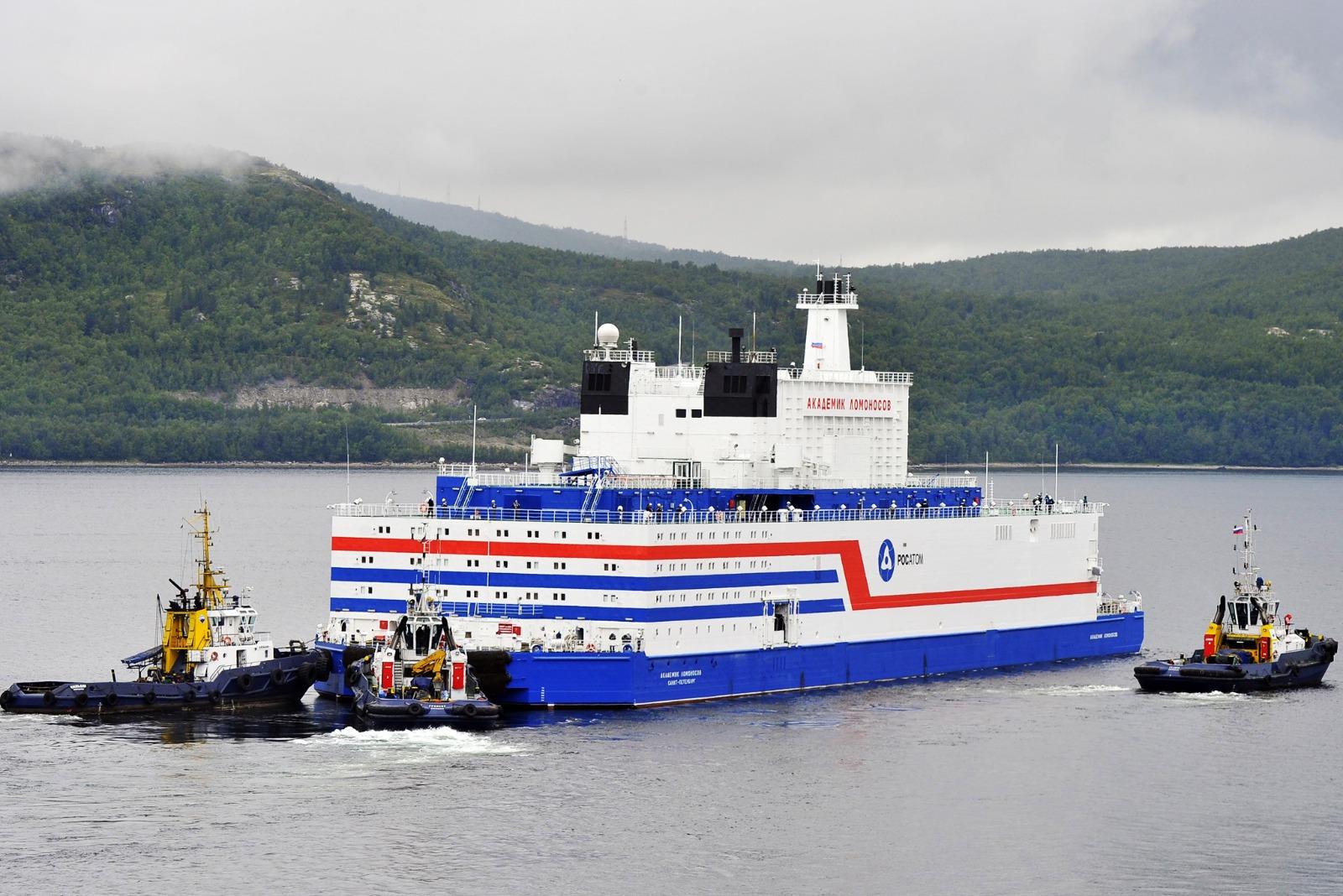Europe's lifesaver or another of its headaches Can we trust nuclear power?
The disaster at the Chornobyl nuclear power plant will mark its 38th anniversary at the end of April. It was the worst nuclear accident in human history. The reactor exploded, forming a radioactive cloud that travelled almost to Africa, simultaneously showering the earth with radioactive rain. According to scientists, in total, about a million people suffered from the accident, and the damage exceeded $500 billion in prices at that time.
One thousand and one reactors
Due to the war in Ukraine, another major accident may happen at the Zaporizhzhia nuclear power plant. According to Rosatom, on April 7, the Zaporizhia NPP was attacked by drones, and several people were injured. And on April 4, the high-voltage power line went down.
According to “Energoatom”, this happened due to Russian shelling.
IAEA chief Rafael Grossi said the plant had lost a key source of electricity needed to cool the reactors and other safety and security functions. The line was later reconnected. No one knows how many such outages will happen, but one day they may not have time to reconnect the line. Especially if the shelling does not stop.
It would seem that the time for lobbying for a “nuclear renaissance” (by which we mean the massive construction of new nuclear power plants around the world) is not the best. However, this does not bother the IAEA and the European nuclear industry, which organized a “Nuclear Summit of Heads of State” in Brussels in March. War is war, but lunch is on schedule.
There is, perhaps, a good reason for this: the Western nuclear industry has become old, and new reactors are hardly being built anywhere. A little more - and the old reactors will have to be decommissioned, and there are no new ones to replace them. The preoccupation of the West, especially Europe, with saving the climate is probably the last straw that there is still a chance to grab onto. The “nuclear renaissance” requires money from taxpayers, who need to prove that without new nuclear power plants, global warming cannot be contained. Unlike Russia, in the EU it is not easy to spend a lot of money without the consent of taxpayers, but here you need an unforgivably large amount of money.
At the end of last year, at the UN climate summit, an initiative of 25 countries, including the United States, France, and Great Britain, to triple the world's nuclear capacity by 2050 was presented.
Certainly ambitious! There is just a nuance. According to the WNISR (World Nuclear Industry Status Report, an independent yearbook on the state of the nuclear industry), even if all programs to extend the life of old reactors are completed, and all currently planned nuclear power plants are built, more will need to be built just to maintain current nuclear energy production. about 270 reactors, that is 10 per year. This is approximately double the average number of buildings built over the past 20 years. An incredible amount!
But the nuclear climate initiative is not about maintaining current production, but about tripling it! By the middle of the century, something like 1000 reactors need to be built. And this, excuse me, is a fiction, and not an initiative, the organizers of which cannot but understand that they are talking nonsense.
What then is the calculation of the nuclear lobbyists? Ask for more so that they give at least something.
And before, there have been attempts to turn climate negotiations at the UN into a “nuclear bazaar.” In recent years, emissaries from Rosatom have been actively promoting Russian nuclear power plants there, also under the guise of “climate-saving.”
Amazing unity between Russia and the West! While the war is going on in Ukraine, while Russia is threatening to turn Western capitals into radioactive ash, nuclear companies on both sides speak the same language, and containers with Russian uranium are still on their way to Europe. “Nuclear diplomacy”, no less.
So, are nuclear power plants really necessary to save the climate? Are they that profitable? Are they compatible with alternative energy sources? Let's figure it out.
Profitability
Recent data from WNISR and Lazard shows that new nuclear power plants are four times more expensive than onshore wind, and a combination of wind and solar capacity with energy storage (to balance the grid) is always cheaper than a new nuclear plant. A study commissioned by Greenpeace France found that investing €52 billion in a combination of onshore wind infrastructure and photovoltaic panels on the roofs of large buildings would reduce four times more carbon emissions than investing the same amount in building six EPR2 nuclear reactors by 2050. And electricity production will triple. It would also lift nearly 12 million people out of energy poverty within a decade.
New nuclear power plant projects are showing sharp increases in costs. EDF has admitted that the cost of the UK's Hinkley Point C nuclear power plant will rise to €53.8 billion for 3.2 GW, more than double what was planned in 2015 when the project was approved. The cost of the French project in Flamanville when construction began in 2007 was 3.3 billion euros but has since risen to 13.2 billion. The cost of the Finnish Olkiluoto-3 reactor with a capacity of 1.6 GW was 3 times higher than forecast and reached 11 billion euros.

There is now a significant investment gap to meet Europe's 2030 climate targets and limited fiscal space in many member states, so investing in new nuclear power plants means only one thing: money will not be invested in renewable energy, which demonstrates much greater economic efficiency and reduction potential. emissions. Whether new nuclear power plants will reduce the price of electricity for consumers is a rhetorical question.
And let's not forget that when building a nuclear power plant there are "poorly accounted for" decommissioning costs (minimum 1-1.5 billion euros per 1000 MW), as well as the storage of radioactive waste for thousands of years. It is also worth remembering that in an attempt to reduce these costs, the industry tends to continually lower safety standards, which creates risks for the public and the environment.
Commissioning rates
It takes 15–20 years from the start of planning to the start of energy production at a new nuclear power plant. The decision to build the British Hinkley Point C was made in 2007, operation was supposed to begin in 2017 - delayed until 2031. In France, the Flamanville project has been under construction for 16 years, and the commissioning date has also been delayed; in Finland, the last reactor took 18 years to build.
It makes no sense to rely on nuclear power to achieve the 2030 climate goals. Even by 2050, the impact of new nuclear power plants on emissions will be extremely small. The six new reactors announced by France are planned to come online between 2040 and 2049. Emission reductions are needed now, not in a few decades.
Energy independence?
The EU does not mine uranium, and about 40% of supplies depend on Russia and Kazakhstan, where the influence of the Russian Rosatom is great. While Europe is waging an uncompromising sanctions fight against Russia about other types of fuel, no steps are being taken about uranium.
Europe is so dependent on uranium supplies directly or indirectly linked to Rosatom that it has not yet introduced any sanctions.
Reliability
Due to climate change, the number of extreme natural phenomena in the world is increasing: heat, droughts, floods, hurricanes, rising sea levels, etc. This creates new risks for the safety of nuclear power plants and reduces their reliability. In 2022, in France, home to the EU's largest nuclear industry, nuclear power plants did not produce power for an average of 152 days. More than half of France's 56 reactors have been down for at least a third of a year, and a third for more than six months.
Accidents at nuclear power plants cannot be ruled out, as, alas, Chornobyl and Fukushima showed. Cyber-attacks, military aggression, such as Russia's seizure of the Zaporizhzhia nuclear power plant, and terrorist attacks, for example, using drones can also lead to serious accidents at nuclear power plants.
Small reactors
Advertising for small modular reactors (SMRs) promises benefits that come with renewable energy sources. They are supposedly more flexible, decentralized, compact and cheaper. However, no one has yet demonstrated that they can produce such reactors on time and at low energy costs.
The world's most publicized SMR project, NuScale, in the United States, was closed due to a sharp increase in costs, although some countries have already announced that they plan to purchase such units.
There is practically no independent information about Rosatom’s floating nuclear power plant "Lomonosov" in Chukotka, except that instead of three years it took almost 13 years to build (its power is more than 10 times lower than that of a modern nuclear reactor), and when German was the Minister of Economic Development Gref criticized the project for the fact that its energy is 7 times more expensive than that of a conventional nuclear power plant.

Distracted by projects like these that have not proven cost-effectiveness or emissions-reducing potential, governments around the world are making unrealistic plans that could severely delay the investments needed today in operational and efficient renewable energy.
Conclusion
Every dollar or euro invested in nuclear power is money not invested in renewables and energy efficiency, the best emissions reduction tools available. Taxpayer money should only be spent on proven technologies. The nuclear industry does not agree with this and is desperately trying to return to the 20th century when no one saved the climate and counted subsidies for nuclear energy.
A European energy transition, which should be based on renewable energy sources, is needed not only for energy and climate security but also for the final abandonment of dependence on fossil fuels, including Russian supplies.
The desire for an energy transition, for a 100% renewable energy system by 2050, is strategically important to maintain, despite the opposition of various corporations.
In the long term, this will undoubtedly be one of the main tools for reducing the risk of new wars in European soil.








